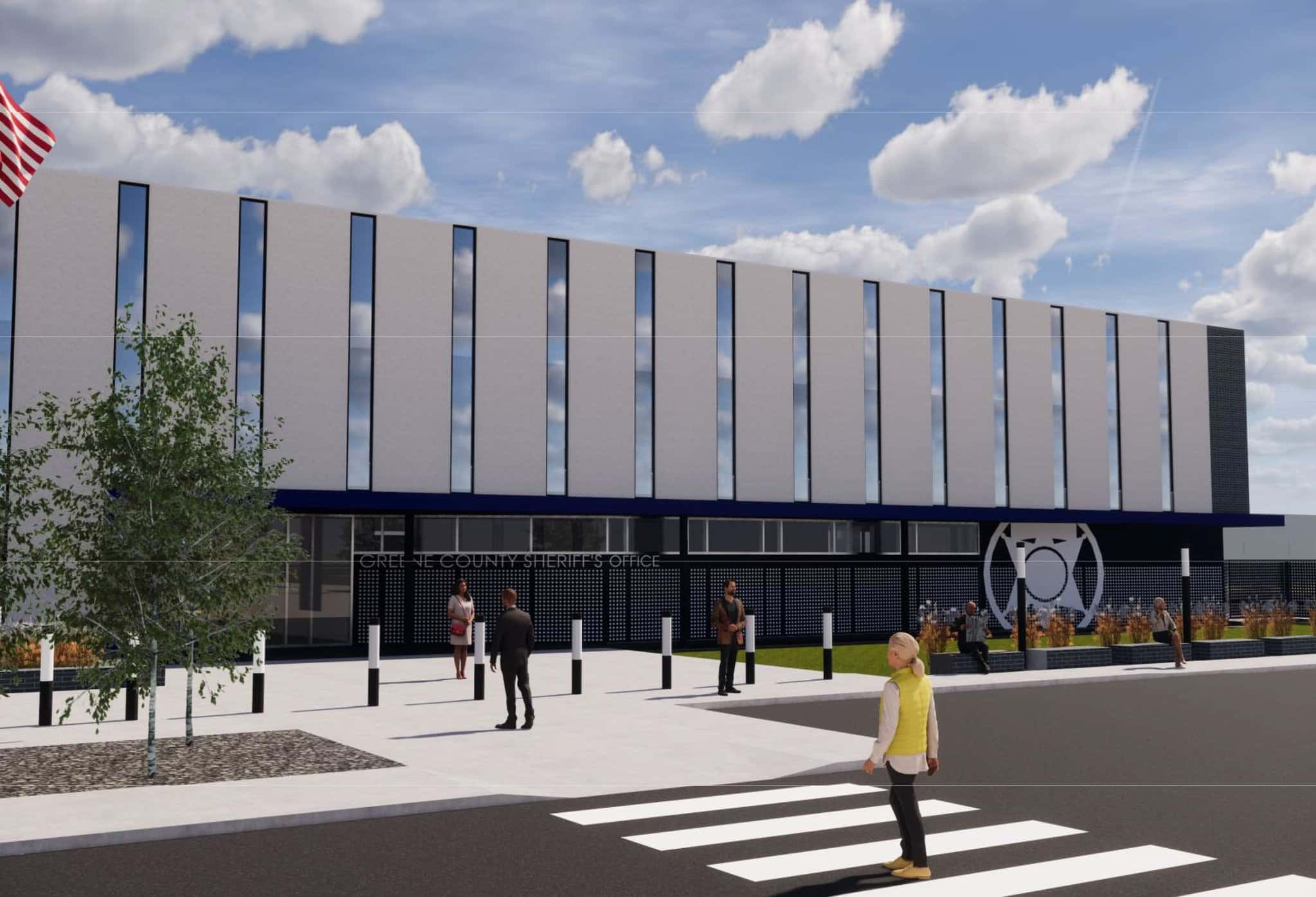The Unseen Lives of Greene County Jail Inmates: A Complex Examination of Incarceration and its Impact
Introduction
The Greene County Jail, situated in the heart of rural Mississippi, has become a microcosm of the complexities surrounding incarceration in America. Overcrowding, inadequate healthcare, and a lack of rehabilitation opportunities have transformed this county jail into a breeding ground for despair and recidivism. This essay delves into the unseen lives of Greene County jail inmates, critically examining the challenges they face, the systemic failures that contribute to their plight, and the broader implications for criminal justice reform.
Overcrowding and Its Dehumanizing Effects
The Greene County Jail is chronically overcrowded, housing more than double its intended capacity. Overcrowding has created unsanitary living conditions, increased tensions among inmates, and strained the jail's resources. Inmates are forced to sleep on the floor, with some sleeping in shifts to accommodate the number of people incarcerated. This overcrowding violates basic human rights and dignity, creating a dehumanizing environment that exacerbates stress and mental health issues.
Inadequate Healthcare and the Denial of Basic Needs
Inmates at the Greene County Jail face inadequate access to healthcare, a problem exacerbated by the lack of staffing and funding. Prisoners often wait days or weeks for medical attention, and when they receive care, it is often subpar. Basic needs, such as prescription medication, are frequently denied or delayed. This lack of proper healthcare has severe consequences for inmates' physical and mental well-being, leading to chronic illnesses, untreated pain, and mental health crises.
Lack of Rehabilitation Opportunities and the Cycle of Recidivism
The Greene County Jail fails to provide adequate rehabilitation opportunities for inmates. There are limited educational programs, job training, and mental health services available. This lack of programming hinders inmates' ability to reintegrate into society upon their release, setting them up for recidivism. The absence of post-incarceration support systems further contributes to the cycle of crime and incarceration, perpetuating the revolving door of the criminal justice system.
Perspectives on the Issue
There are varying perspectives on the issue of the Greene County Jail. Some believe that the jail's conditions are a necessary evil, arguing that inmates have committed crimes and deserve to be punished. Others contend that the overcrowding and lack of resources violate inmates' basic rights and contribute to their ongoing hardships.
Advocates for criminal justice reform argue that investment in rehabilitation programs, improved healthcare, and reduced overcrowding could significantly decrease recidivism rates and save taxpayer dollars in the long run. They emphasize the need for a more humane and effective approach to incarceration.
Scholarly Research and Credible Sources
Extensive research has documented the negative consequences of overcrowding, inadequate healthcare, and lack of rehabilitation opportunities in prisons and jails. A study by the Vera Institute of Justice found that inmates in overcrowded jails are more likely to experience violence, mental health problems, and chronic illnesses. Another study by the National Commission on Correctional Healthcare highlighted the severe healthcare deficiencies in correctional facilities, including delayed access to care and inadequate treatment.
Numerous news articles have shed light on the conditions at the Greene County Jail. An investigative report by The Marshall Project revealed the rampant overcrowding, lack of medical care, and absence of rehabilitation programs. The report also highlighted the devastating impact these conditions have on inmates' lives and the community at large.
Conclusion
The unseen lives of Greene County jail inmates expose the profound failures of the American criminal justice system. Overcrowding, inadequate healthcare, and a lack of rehabilitation opportunities violate basic human rights, perpetuate the cycle of recidivism, and undermine the possibility of successful reintegration. While there may be differing perspectives on this issue, the overwhelming evidence suggests that the current approach to incarceration in Greene County is inhumane, ineffective, and counterproductive.
Addressing the complexities of incarceration requires a comprehensive approach. Reducing overcrowding, expanding access to healthcare, and investing in rehabilitation programs are crucial steps toward creating a more just and equitable criminal justice system. By improving the conditions of incarceration, we not only alleviate the suffering of those behind bars but also enhance the safety and well-being of our communities. The lives of Greene County jail inmates should not remain unseen; they deserve our attention, empathy, and action.
The Unspoken Truth Secrets That May Have Cost Deanna Cook Her Life
The Bold And The Beautiful Spoilers Next 2 Weeksshop Cart



